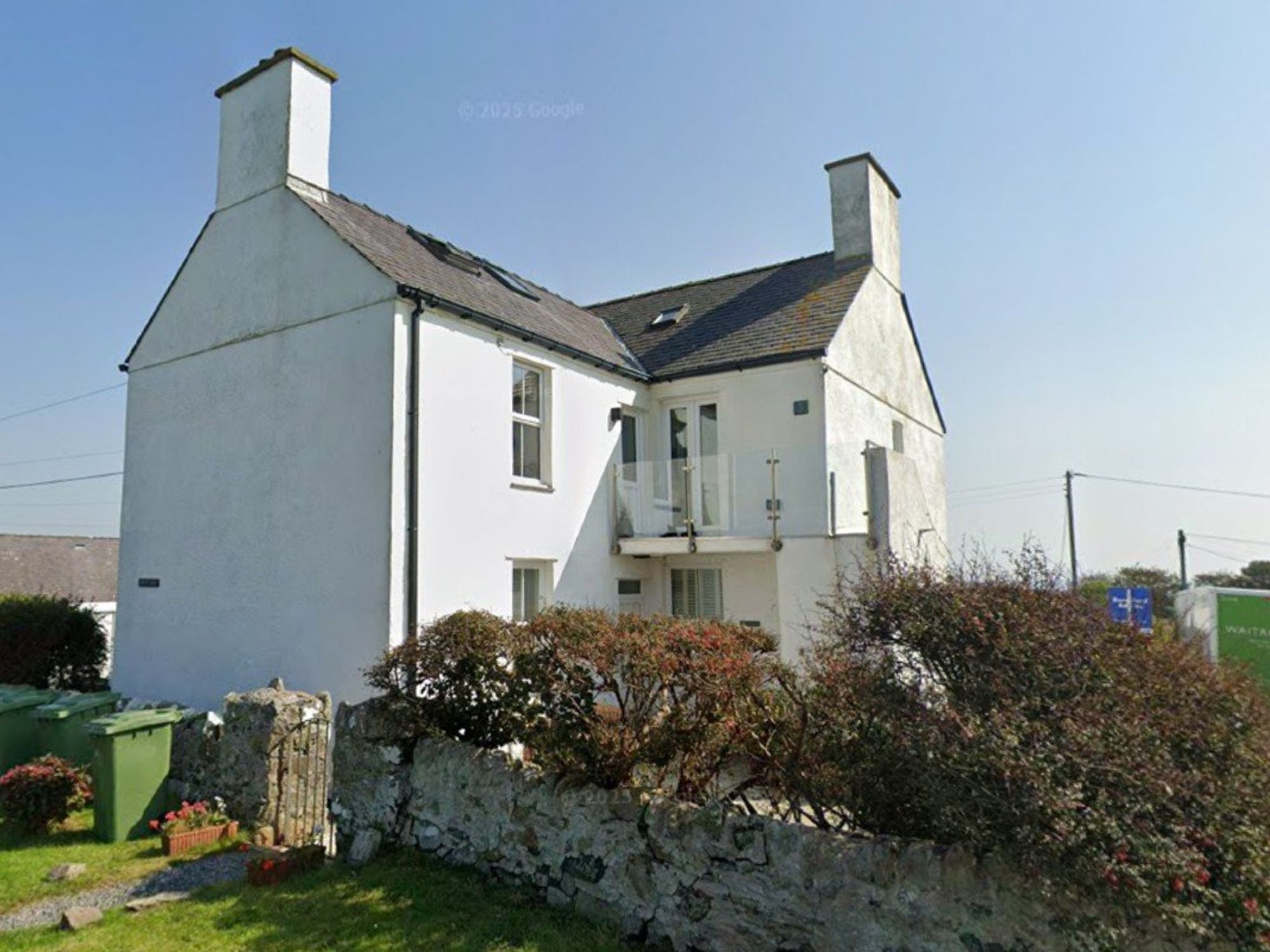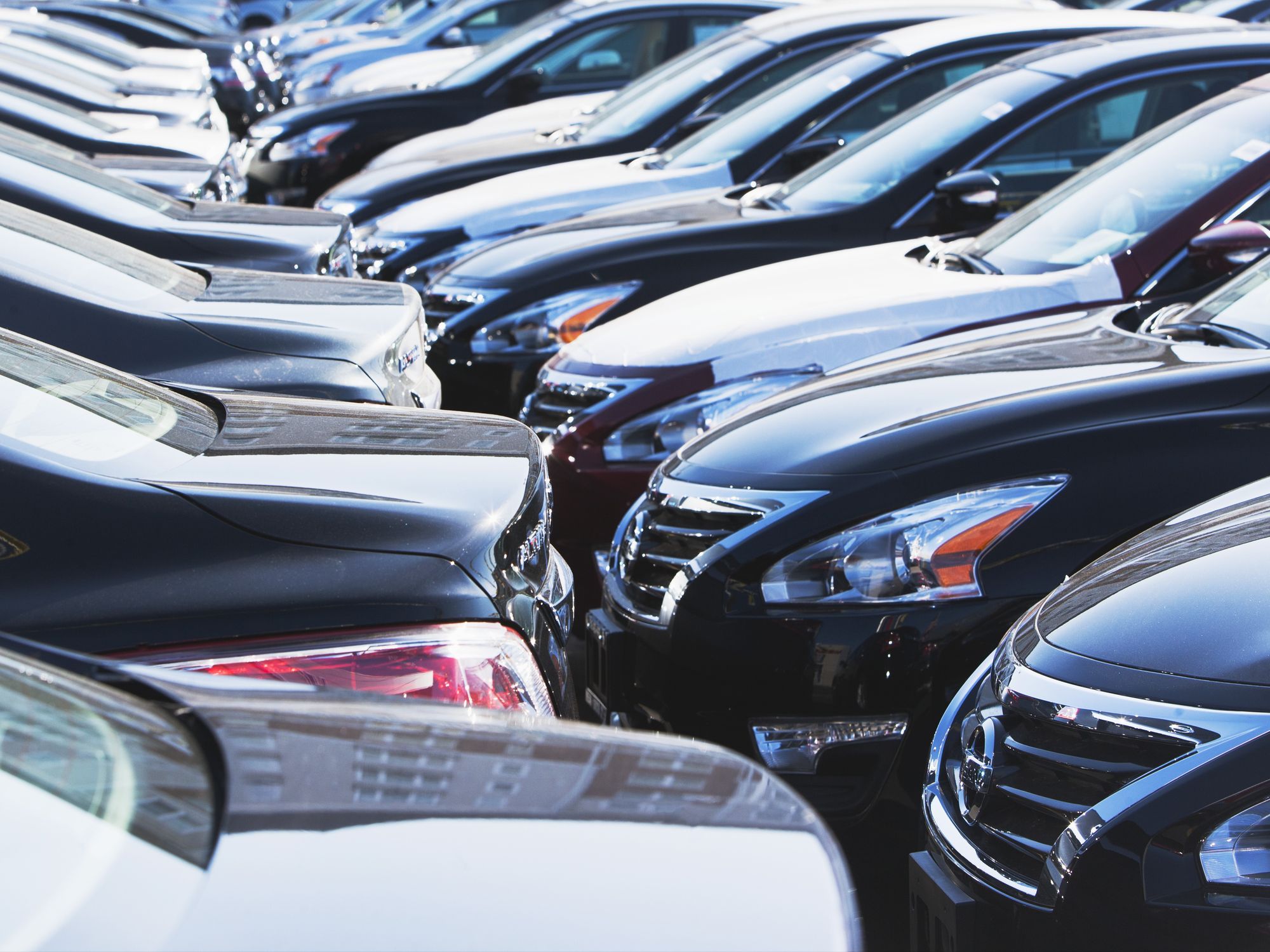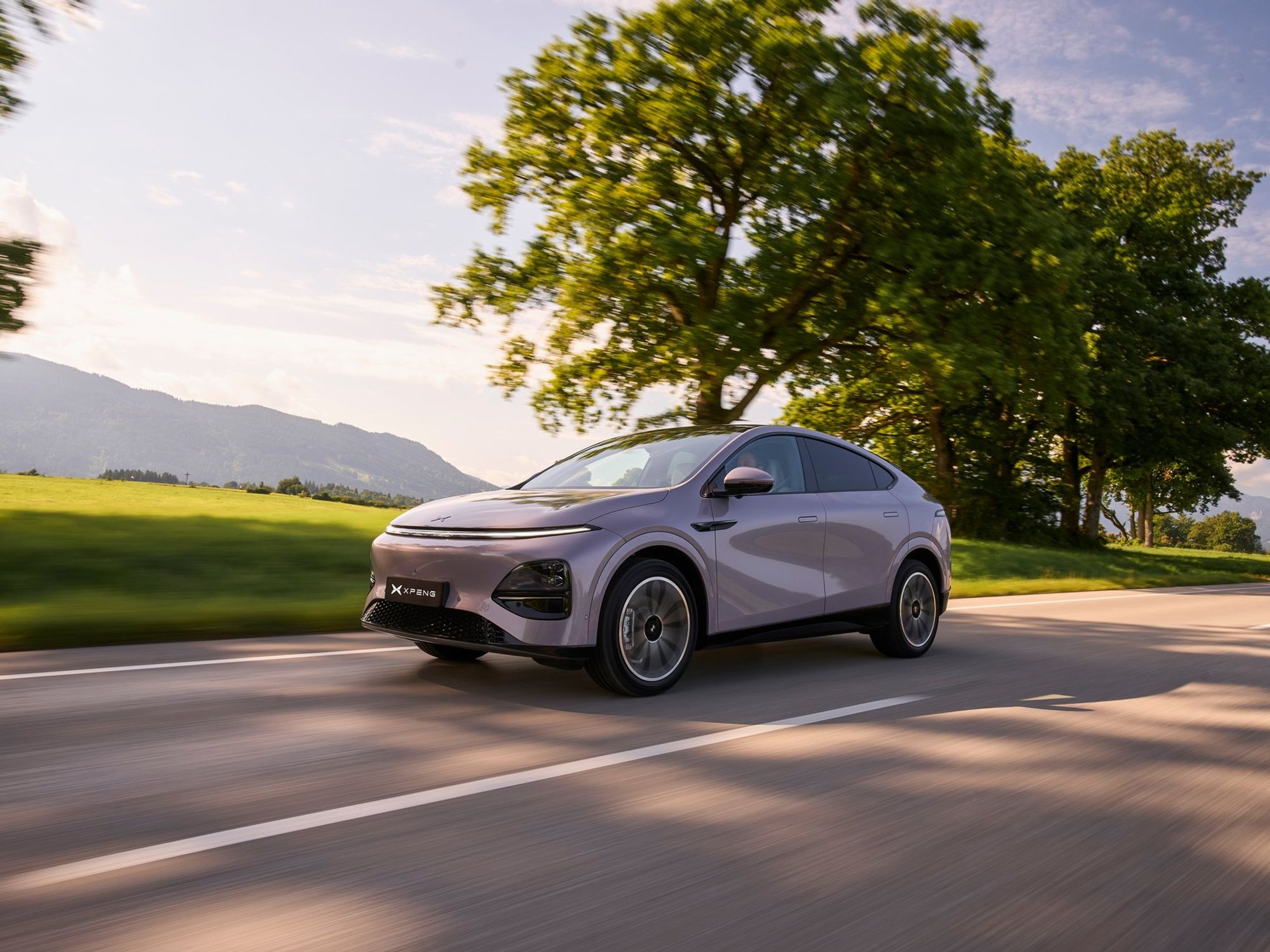I ditched Windows 10 for a Chromebook and it was a revelation — you should follow my lead
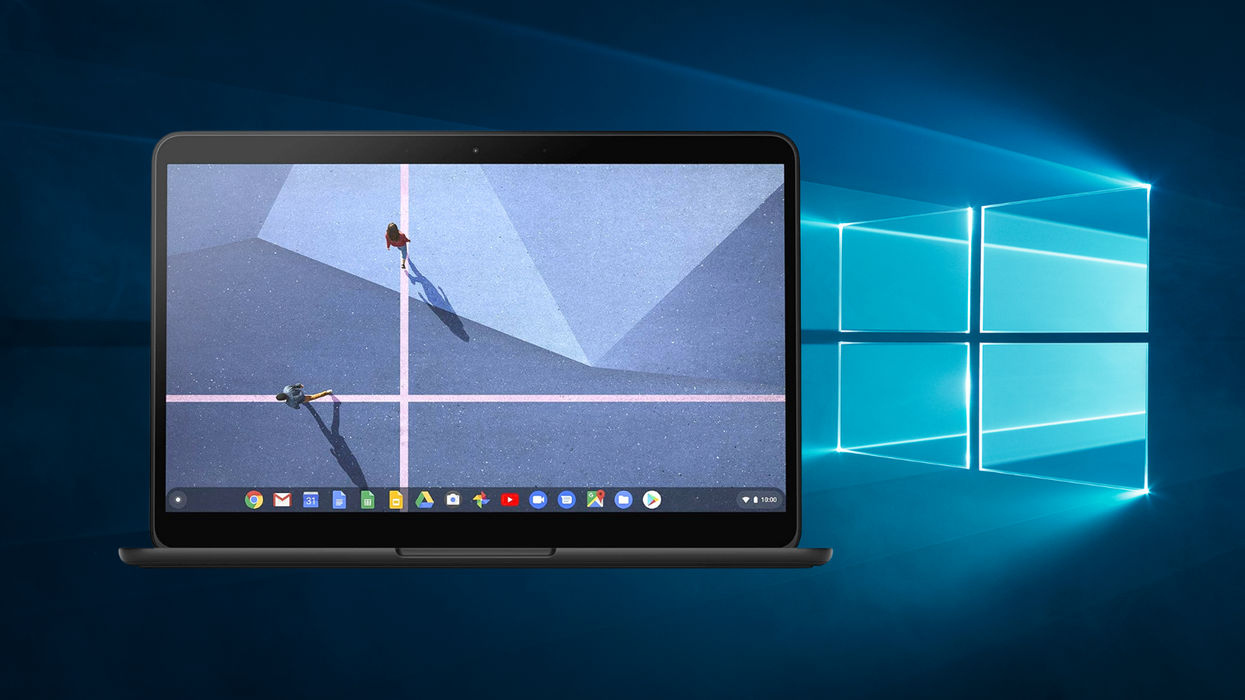
All products are independently selected by our experts. To help us provide free impartial advice, we will earn an affiliate commission if you buy something. Click here to learn more
|GOOGLE PRESS OFFICE | MICROSOFT | GBN

With the end of support deadline looming, is Google's operating system a viable alternative?
Don't Miss
Most Read
I ditched Windows 10 for a Chromebook — and you should seriously consider switching too.
It didn't start as a grand experiment: it was s'posed to be a temporary fix. The Windows 10 laptop that I had been using weighed close to — and I haven't checked the maths on this — a metric ton, whereas the Google Pixelbook Go tips the scales at just 1,061g (2.3lbs). So I dropped the Chromebook in my backpack, assuming that I'd return to the trusty Windows 10 machine as soon as I returned from my trip.
But that didn't happen.
After a frustrating few days reprogramming my brain to use a new set of keyboard shortcuts, everything clicked. Sure, I had to make some adjustments — I stopped checking my email with the Microsoft Outlook application, and had to use the web version instead. And there was some software that simply wasn't available, so I had to find alternatives from the Google Play Store or websites.
In return, many of the most enraging aspects of Windows 10 just vanished.
I stopped worrying about opening my laptop to find that Microsoft has decided to install a major update just at the moment that I needed to get some serious work done. I no longer had to to worry about fullscreen adverts interupting my work, and computers viruses are almost non-existent on ChromeOS.
But the biggest upgrade was battery life. I already knew that Chromebooks were endurance champions, but the battery life on the Pixelbook Go is something else. Some days I was able to go 14 hours on a single charge.
With my power-hungry Windows 10 laptop in tow, I'd find myself reaching for the charger within a couple of hours. But with a Chromebook, I was able to leave my charger at home.
- View Deal | Buy a USB with Windows 11 Home for £119.99 from Microsoft Store
- View Deal | Chromebooks start from £51 at Currys
- View Deal | Google Pixelbook Go — was £949, NOW £349
- View Deal | Install ChromeOS on an existing Windows 10 or Mac for free
What is ChromeOS?
For those who don't know, ChromeOS is the Google-developed software that powers the roughly 20 million Chromebooks sold each year. As the name suggests, ChromeOS primarily relies on the Google Chrome web browser to get stuff done, but you can also install Android apps from the Google Play Store.
Reflecting on the motivation to launch the ChromeOS platform, Head of Product and UX for Chrome OS, John Maletis explains in a blog post: "The idea was to create a cloud-first experience that was fast, secure and easy to use — with software that stays up-to-date, automatically."
"Computers were invented before the internet, and they hadn’t fully caught up to how people were using the web. So Google set out to design something new," he adds.
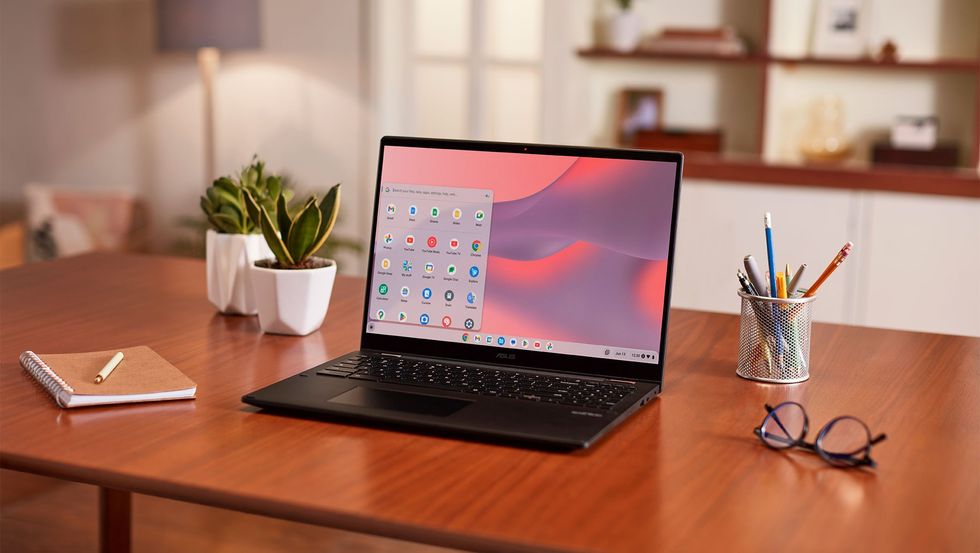
If you're already using Google Chrome, the learning curve when picking up a Chromebook won't be anywhere near as steep
|GOOGLE PRESS OFFICE
When the first wave of Chromebooks launched back in mid-2011, the idea of relying on a web browser to do everything seemed far-fetched. But that's not the case today — whether you're using a Chromebook, Windows or Mac, you're probably already spending more time in the web browser than any other app.
Your browser is a one-stop-shop portal to shops, email, binge-able series on Netfflix, tutorials on YouTube, community pages on Facebook, WhatsApp Web, the latest headlines, and more. Most of these experiences are available in beautifully-crafted mobile apps on your smartphone or tablet, but when it comes to a laptop or desktop PC, there's rarely an app. Instead, it's a browser window or nothing.
If you're spending hours in a web browser, it's most likely Google Chrome. With an estimated 3 billion Chrome users worldwide, it commands a staggering 64% marketshare, leaving rival options from some of the biggest technology companies on the planet, like Microsoft Edge and Apple's Safari browser, trailing in the distance.
Unlike switching between Windows and macOS, there's a miniscule learning curve with ChromeOS as you're probably already using the Chrome browser. Log in to a Chromebook with the same account you use on your existing browser, and your bookmarks, extensions, and saved passwords will be exactly where you left them.
Even with such a frictionless switch — what's wrong with just using Chrome on Windows or Mac?
ChromeOS is incredibly lightweight. It's only been in development for the last 13 years, so it doesn't have the decades of legacy code that clogs up rival operating systems from Microsoft and Apple. Earlier this year, Microsoft developer Dave Plummer revealed that a temporary fix that he bodged 30 years ago still remains unchanged in Windows 11 decades later.
I wrote this Format dialog back on a rainy Thursday morning at Microsoft in late 1994, I think it was.
— Dave W Plummer (@davepl1968) March 24, 2024
We were porting the bajillion lines of code from the Windows95 user interface over to NT, and Format was just one of those areas where WindowsNT was different enough from… pic.twitter.com/PbrhQe0n3K
Google's operating system has only existed for a third of the time that temporary code has been powering a dialogue box in Windows. It's built from the ground-up for what people are doing on their laptops and desktop PCs today — with none of the hangovers from the early days of computing.
This focus means ChromeOS is incredibly kind on battery life, but it also means that it can boot-up instantaneously even with modest components.
Despite Chrome's reputation as a drain on resources when running on Windows and Mac, paired with Google's own ChromeOS software, I was able to bounce between dozens of tabs running YouTube videos in the background, image editing on Canva, social media, and much more on a humble 8GB of RAM.
Those same specifications would leave Windows 10 stuttering on a regular basis.
As I've already grumbled in this article, system updates would regularly interrupt what I was doing on Windows 10, but the same simply isn't true on ChromeOS. The operating system updates automatically in the background — and the first you'll hear about a new version of ChromeOS is when you're told that next time you power off your machine, the changes will be applied.
Likewise, virus protection is built-in and updated automatically to save you from malware and other viruses. There's no need to download a separate antivirus app.
Can you switch to ChromeOS?
If you want to test Google's Linux-based operating system for yourself — there's no need to buy a new laptop or desktop PC. Google lets anyone install the Chrome-powered operating system via its ChromeOS Flex initiative.
In fact, the Californian company is actively encouraging Windows 10 to switch to ChromeOS as a means to avoid the end of support deadline coming next year. For those who missed the memo, Microsoft is planning to cull support for Windows 10 in October 2025 — curtailing critical bug fixes and software updates for PC owners worldwide. That leaves millions of PC users with a tough decision to make.
The US technology giant, which has a market value that regularly tops $3 trillion, would like you to upgrade to its latest desktop operating system, Windows 11. Given that it only launched in October 2021, Microsoft will likely continue to support this software until the early 2030s, so you'll be covered for the foreseeable future.
It sounds simple ...so, what's the problem?
Millions of PC owners won't even have that choice. Microsoft introduced strict system requirements with Windows 11, blocking millions of devices that worked perfectly fine with its predecessor from the complimentary upgrade. The components required to run Windows 11 are so restrictive that of the 25 Surface devices sold by Microsoft when Windows 11 was announced — only 13 were eligible for the free upgrade.
If you plan on sticking with Windows 10, Microsoft will continue to supply critical bug fixes and software updates as part of a subscription package, known as Extended Security Updates, or ESU. Usually reserved for business and education customers, Windows 10 will mark the first time that Microsoft has offered the ESU scheme to anyone, with fees rising as high as £337 for support over the next three years.
Based on my experience with a Chromebook over the last three months, I'd recommend giving ChromeOS a serious look. If you're already using Google Chrome most of the day, the transition will be painless.
And if you're looking down the barrel of a hefty subscription price — or a brand-new laptop — to shield your personal data from hackers when Microsoft ends support for Windows 10 next year, what have you got to lose?
Fair warning — you're unlikely to want to go back.





